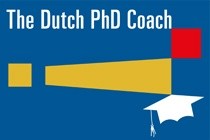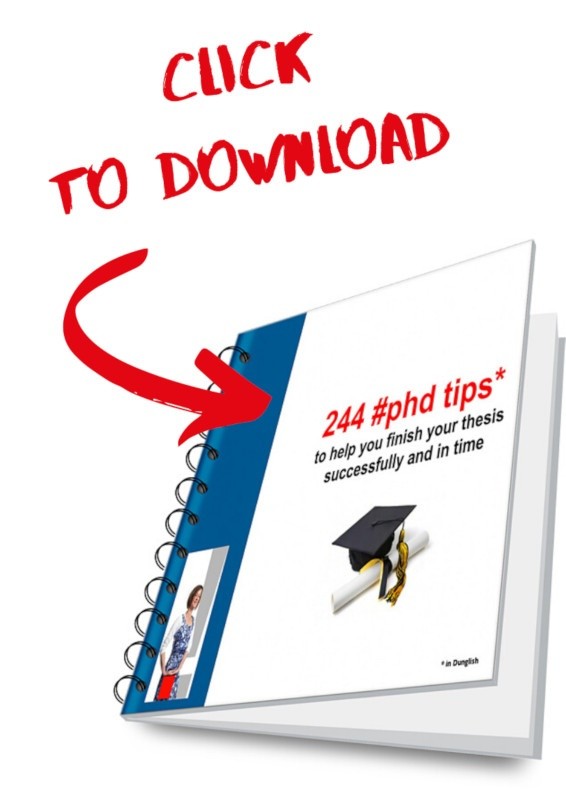You bought a new appliance, and then? Do you read the manual and then follow it step by step, or do you just start pushing buttons and only grab the manual in case you get stuck?
A lot of research is done on manuals and how they function (or not). Research shows that having a strategy really helps in performing tasks. And this is the same for reading literature: using a strategy will save you time.
What is a reading strategy?
A reading strategy is a nice word for knowing why you are reading. Are you reading to get the full picture of something, to understand something or because you need to underpin your own paper? Why you are reading has a big influence on how you are reading and how much time it will cost you. If you want to know what the article is about, you will scan quickly, however, if you really want to understand the article so you can use it, you need a different approach.
What is SP3R?
In case you really want to comprehend a text, you could use the SP3R strategy, developed by Trevor Day.
SP3R stands for:
- Survey
- Purpose
- Read Once
- Read Again
- Review
Reading a text from the beginning to the end will cost as much time as using the SP3R method, with the advantage that by using SP3R you will have a much better chance of understanding the text completely.
How does SP3R work?
Survey: scan and/or skim the text
When scanning a text, you are looking for specific parts. By skimming a text, you will understand the whole text and the structure. This combination makes you aware of which parts of the texts you need to read more precisely. Basically, you are researching the text.
Purpose: ask yourself why you are reading the text and what you want to accomplish.
By doing so you will clarify what you can do after you read the text.
Read once: read to understand
The first time around, you read the text to understand it, in view of your objective. It can be useful to mark certain parts of the text or to put some notes in the margin.
Read again: read for a better understanding
This time you check if you have met your objective. You read to get a better understanding. Take notes.
Review: read to check if you really understand the text and make sure all your notes and annotations are accurate and comprehensive
In case a specific question is still not answered, write down what to do next. Or note which of the references you want to check (and actually do it).
How to have an even more efficient process of reading?
One way of being even more efficient is to annotate your texts together with others from your research group.
And in case you are not using a reading strategy?
Of course, it doesn’t mean that a reading strategy is set in stone. Adjust it depending on your objective and the phase your research is in. However, I really discourage you not using a strategy at all: you won’t have the time to read all texts from a to z.
Use a strategy when reading: at least you should know why you want to read the text. Using SP3R will help you to understand the text much quicker. And in case you decide to use a reference manager, nothing could really go wrong.




